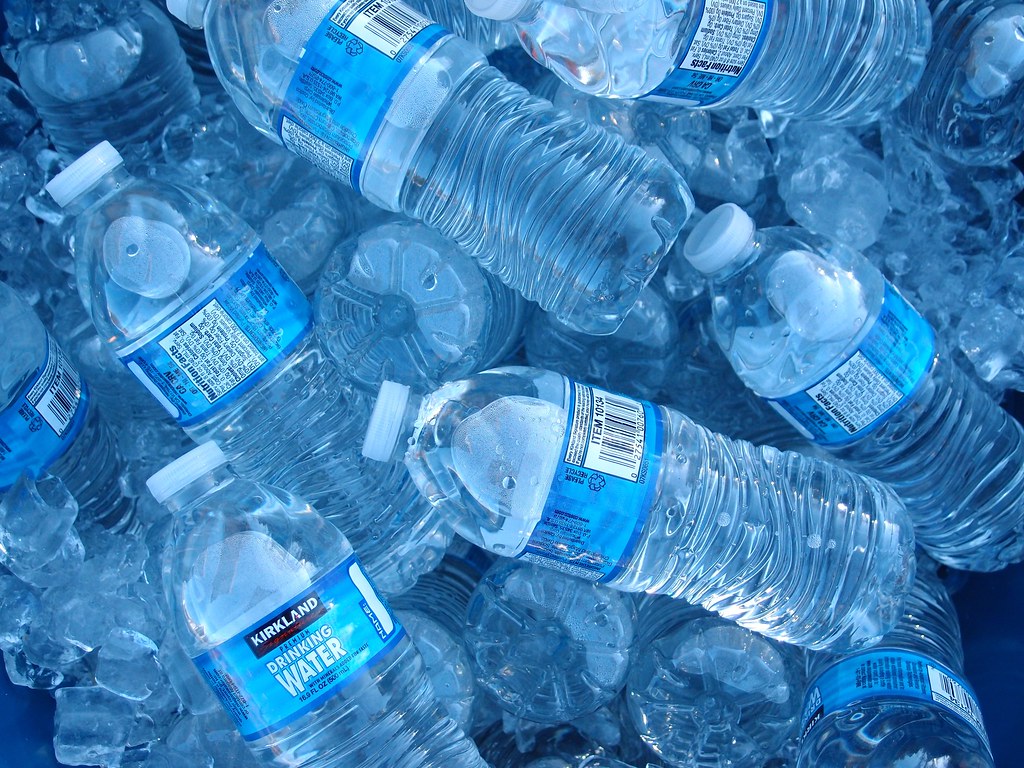Have you ever considered using your microwave to rapidly reheat a bottle of water while you were rushing to reheat your lunch? While placing a water bottle in the microwave might seem like a practical choice, many people are unsure of its safety. We’ve all heard tales of plastic melting or blowing up in the microwave, after all. So, is it safe to microwave a water bottle? The solution is more complex than a simple yes or no. In this article, we’ll look at the risks associated with microwaving plastic water bottles and offer some advice for safely heating your water.
This question has a somewhat complex answer. While heating water in the microwave is generally safe, there may be some safety issues if the container is plastic.
Since many plastic water bottles cannot be heated in a microwave, dangerous chemicals may be released when they do. If ingested, these compounds may create health issues since they can seep into the water. Furthermore, heating plastic bottles in the microwave can result in them melting or even exploding, which is dangerous.
However, some plastic water bottles have the designation “microwave safe” on the label. The materials used to make these bottles are often those that can endure high temperatures and are less likely to melt or release dangerous substances. You can safely heat the water in the microwave if you have a plastic water bottle that is marked as microwave-safe.
Another choice is to heat the water before transferring it to a microwave-safe container. The best materials for heating water in the microwave include glass, ceramic, and a few types of microwave-safe plastic containers.
All things considered, it’s crucial to exercise caution while heating water in the microwave and to always check the label on your water bottle or container to make sure it’s safe to use there. If unsure, it’s preferable to heat the water after transferring it into a microwave-safe container.

Can microwaving a plastic water bottle cause it to explode?
Yes, a plastic water bottle can explode when microwaved, especially if the bottle was not made to withstand the microwave. The air within plastic bottles can rapidly expand and create pressure when heated in a microwave, which can lead to the bottle bursting or rupturing. This poses a risk of burns or other injuries by causing hot liquid to spout out into the air.
Even though a plastic water bottle is marked “microwave safe,” you should still proceed with caution when heating it. Before placing a bottle in the microwave, it is advised to remove the cap or lid in order to release pressure and prevent the bottle from exploding. It’s also crucial to keep an eye on the bottle as it heats up and to turn off the microwave as soon as you see any evidence of distortion or expansion.
When heating liquids in the microwave, it is generally safer to use a microwave-safe container made of glass, ceramic, or microwave-safe plastic. These containers are less likely to rupture or explode since they are made to resist the high pressures and temperatures of the microwave.

Is it safe to reuse plastic water bottles for microwaving purposes?
Reusing plastic water bottles for microwave cooking is typically not advised. Reusing plastic water bottles can result in scratches or other damage, which can lead to dangerous chemicals leaching out when they are heated. When the bottles are cooked in the microwave, this can be especially problematic because the high temperatures might hasten the leaching process.
Furthermore, plastic water bottles may encourage the growth of bacteria if they are not properly cleaned after each use and are not made to withstand repeated use.
How to disinfect a water bottle
Depending on the materials it is composed of and the degree of disinfection needed, there are a number of efficient ways to clean a water bottle. Here are a few possibilities:
- washing your hands with soap and water This is a quick and efficient way to clean water bottles. Starting with a hot, soapy water fill, scrub the bottle’s interior and outside using a bottle brush or sponge. Pay special attention to any hard-to-reach regions, such as the bottle’s neck or the bottom. Give the bottle a thorough hot water rinse before letting it air dry.
- Soaking in hot water: Soaking your water bottle in hot water can be an efficient approach to disinfect it if it is made of plastic or another material that cannot handle high heat. Put the bottle in a bowl or sink of hot water that has been filled with water. Allow the bottle to soak for at least 10 minutes before giving it a thorough hot water rinse and letting it air dry.
- Utilising a disinfectant solution: You can use a disinfectant solution, such as hydrogen peroxide or a bleach solution, for a more thorough cleaning. Fill the water bottle with the bleach solution after combining 1 tablespoon of bleach with 1 gallon of water. Allow it to sit for at least 30 seconds before giving it a thorough hot water rinse and letting it air dry. Fill the water bottle with a 3% hydrogen peroxide solution, let it sit for at least 10 minutes, then thoroughly rinse with hot water and let it air dry to disinfect with hydrogen peroxide.
Whatever method you decide to use, it’s crucial to regularly clean and disinfect your water bottle, especially if you use it for multiple beverages or if you notice any odours or discoloration.
Relevant Articles
How Long To Freeze A Water Bottle?
Does Water Evaporate Faster With The Lid On Or Off?

Comments are closed